Peugeot 5008 vs Renault Kangoo Compact Van – Which one offers the better deal?
Compare performance, boot capacity, efficiency and price at a glance.
Find out which car is the better choice for you – Peugeot 5008 or Renault Kangoo Compact Van?
Costs and Efficiency: Looking at overall running costs, both models reveal some interesting differences in everyday economy.
Renault Kangoo Compact Van has a convincingly advantage in terms of price – it starts at 22400 £, while the Peugeot 5008 costs 37600 £. That’s a price difference of around 15154 £.
Fuel consumption also shows a difference: Peugeot 5008 manages with 1 L and is therefore convincingly more efficient than the Renault Kangoo Compact Van with 5.10 L. The difference is about 4.10 L per 100 km.
In terms of energy consumption, the advantage goes to the Peugeot 5008: with 17.80 kWh per 100 km, it’s slight more efficient than the Renault Kangoo Compact Van with 18.70 kWh. That’s a difference of about 0.90 kWh.
As for range, the Peugeot 5008 performs convincingly better – achieving up to 674 km, about 384 km more than the Renault Kangoo Compact Van.
Engine and Performance: Power, torque and acceleration are the classic benchmarks for car enthusiasts – and here, some clear differences start to show.
When it comes to engine power, the Peugeot 5008 has a significantly edge – offering 325 HP compared to 122 HP. That’s roughly 203 HP more horsepower.
In acceleration from 0 to 100 km/h, the Peugeot 5008 is significantly quicker – completing the sprint in 6.50 s, while the Renault Kangoo Compact Van takes 11.60 s. That’s about 5.10 s faster.
In terms of top speed, the Peugeot 5008 performs a bit better – reaching 220 km/h, while the Renault Kangoo Compact Van tops out at 176 km/h. The difference is around 44 km/h.
There’s also a difference in torque: Peugeot 5008 pulls decisively stronger with 511 Nm compared to 270 Nm. That’s about 241 Nm difference.
Space and Everyday Use: Cabin size, boot volume and payload all play a role in everyday practicality. Here, comfort and flexibility make the difference.
Seats: Peugeot 5008 offers noticeable more seating capacity – 7 vs 5.
In curb weight, Renault Kangoo Compact Van is slightly lighter – 1493 kg compared to 1700 kg. The difference is around 207 kg.
In maximum load capacity, the Renault Kangoo Compact Van performs clearly better – up to 4900 L, which is about 2590 L more than the Peugeot 5008.
When it comes to payload, Renault Kangoo Compact Van clearly perceptible takes the win – 901 kg compared to 699 kg. That’s a difference of about 202 kg.
Who wins the race?
The Peugeot 5008 proves to be outperforms in nearly all aspects and therefore becomes our DriveDuel Champion!
Peugeot 5008 is the better all-rounder in this comparison.
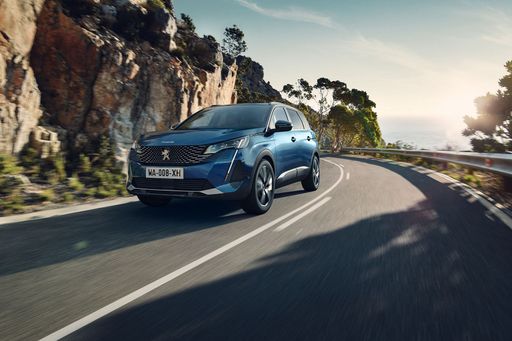
Peugeot 5008
Peugeot 5008
The Peugeot 5008 impresses with its sleek design and spacious interior, making it an appealing choice for families and those needing extra room. Its elegant exterior lines are complemented by a well-crafted cabin that offers both comfort and versatility, ideal for longer journeys or everyday use. With a range of modern features and technology, the 5008 delivers a balanced blend of style and functionality that enhances the driving experience.
details @ media.stellantis.com
@ media.stellantis.com
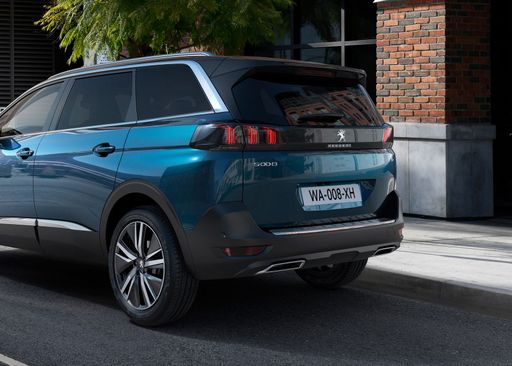 @ media.stellantis.com
@ media.stellantis.com
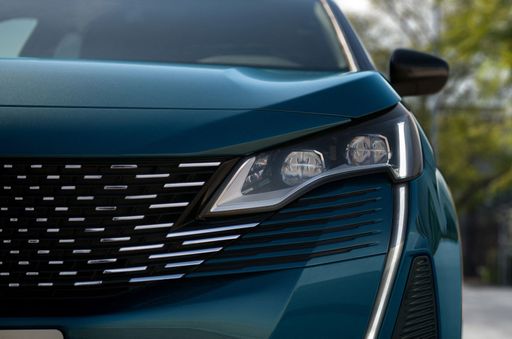 @ media.stellantis.com
@ media.stellantis.com
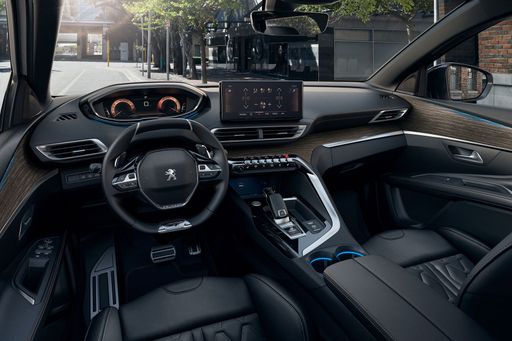 @ media.stellantis.com
@ media.stellantis.com
Renault Kangoo Compact Van
The Renault Kangoo is a versatile small van that seamlessly blends practicality with modern design. It offers a spacious interior, making it ideal for transporting goods or passengers while maintaining a compact exterior for easy manoeuvrability in urban settings. Equipped with efficient engines, the Kangoo balances performance with economy, catering to the diverse needs of businesses and individual users alike.
details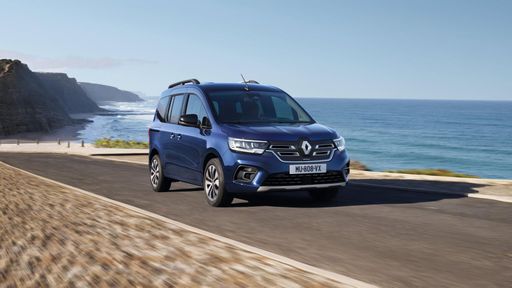 @ Renault
@ Renault
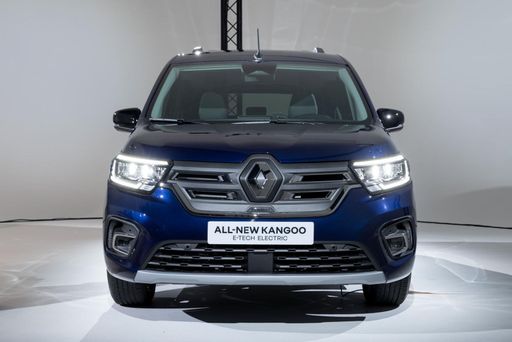 @ Renault
@ Renault
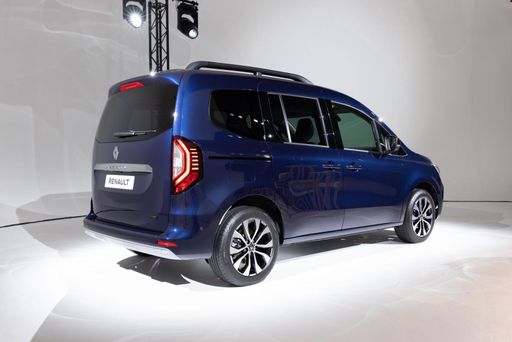 @ Renault
@ Renault
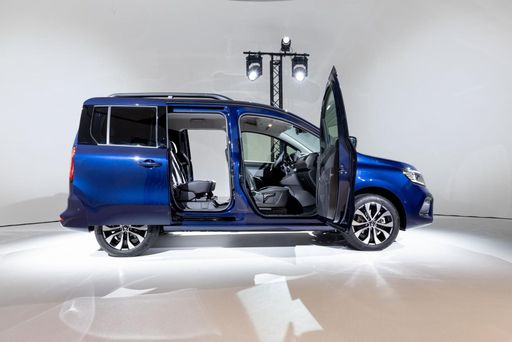 @ Renault
@ Renault
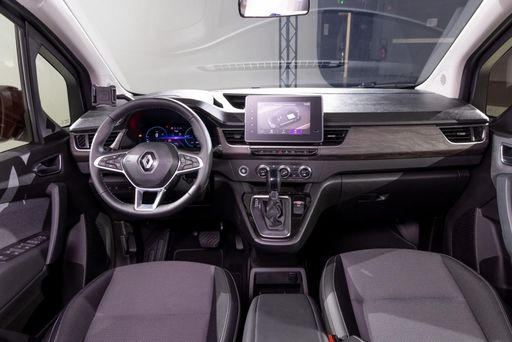 @ Renault
@ Renault
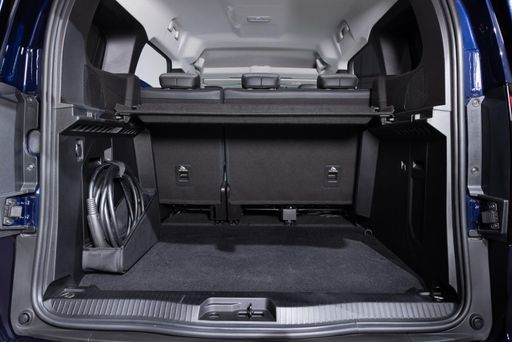 @ Renault
@ Renault

|

|
|
|
|
Costs and Consumption |
|
|---|---|
|
Price
37600 - 53600 £
|
Price
22400 - 37000 £
|
|
Consumption L/100km
1 - 5.6 L
|
Consumption L/100km
5.1 - 5.5 L
|
|
Consumption kWh/100km
17.8 - 18.6 kWh
|
Consumption kWh/100km
18.7 - 21.1 kWh
|
|
Electric Range
79 - 674 km
|
Electric Range
261 - 290 km
|
|
Battery Capacity
0.4 - 96.9 kWh
|
Battery Capacity
-
|
|
co2
0 - 127 g/km
|
co2
0 - 151 g/km
|
|
Fuel tank capacity
55 L
|
Fuel tank capacity
54 L
|
Dimensions and Body |
|
|---|---|
|
Body Type
SUV
|
Body Type
Cargo Van
|
|
Seats
5 - 7
|
Seats
2 - 5
|
|
Doors
5
|
Doors
4 - 5
|
|
Curb weight
1700 - 2406 kg
|
Curb weight
1493 - 1910 kg
|
|
Trunk capacity
294 - 994 L
|
Trunk capacity
-
|
|
Length
4791 mm
|
Length
4486 - 4910 mm
|
|
Width
1895 mm
|
Width
1860 mm
|
|
Height
1694 mm
|
Height
1854 - 1864 mm
|
|
Max trunk capacity
1815 - 2310 L
|
Max trunk capacity
3000 - 4900 L
|
|
Payload
534 - 699 kg
|
Payload
498 - 901 kg
|
Engine and Performance |
|
|---|---|
|
Engine Type
Plugin Hybrid, Electric, Petrol MHEV
|
Engine Type
Diesel, Electric
|
|
Transmission
Automatic
|
Transmission
Manuel, Automatic
|
|
Transmission Detail
Dual-Clutch Automatic, Reduction Gearbox
|
Transmission Detail
Manual Gearbox, Dual-Clutch Automatic, Reduction Gearbox
|
|
Drive Type
Front-Wheel Drive, All-Wheel Drive
|
Drive Type
Front-Wheel Drive
|
|
Power HP
145 - 325 HP
|
Power HP
75 - 122 HP
|
|
Acceleration 0-100km/h
6.5 - 10.2 s
|
Acceleration 0-100km/h
11.6 - 18.9 s
|
|
Max Speed
170 - 220 km/h
|
Max Speed
132 - 176 km/h
|
|
Torque
230 - 511 Nm
|
Torque
230 - 270 Nm
|
|
Number of Cylinders
3 - 4
|
Number of Cylinders
4
|
|
Power kW
107 - 239 kW
|
Power kW
55 - 90 kW
|
|
Engine capacity
1199 - 1598 cm3
|
Engine capacity
1461 cm3
|
General |
|
|---|---|
|
Model Year
2024 - 2025
|
Model Year
2022 - 2024
|
|
CO2 Efficiency Class
B, A, D
|
CO2 Efficiency Class
D, E, A
|
|
Brand
Peugeot
|
Brand
Renault
|
Is the Peugeot 5008 offered with different drivetrains?
Available configurations include Front-Wheel Drive or All-Wheel Drive.
The prices and data displayed are estimates based on German list prices and may vary by country. This information is not legally binding.
